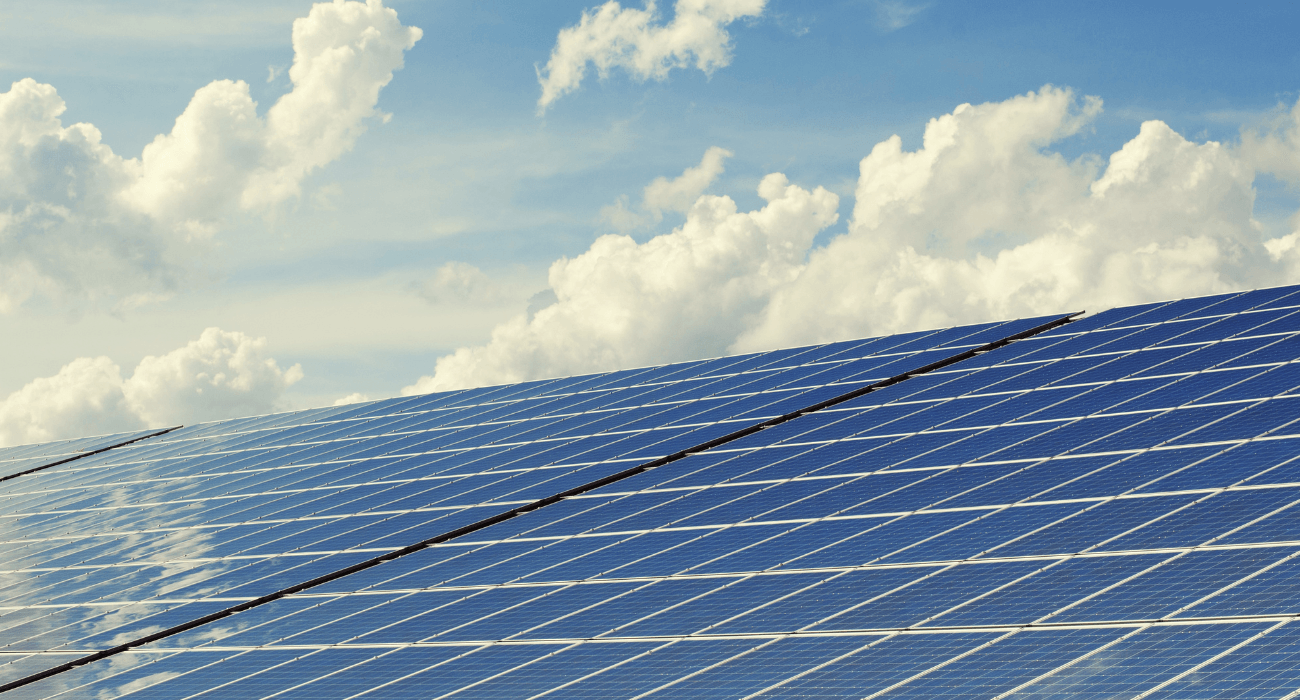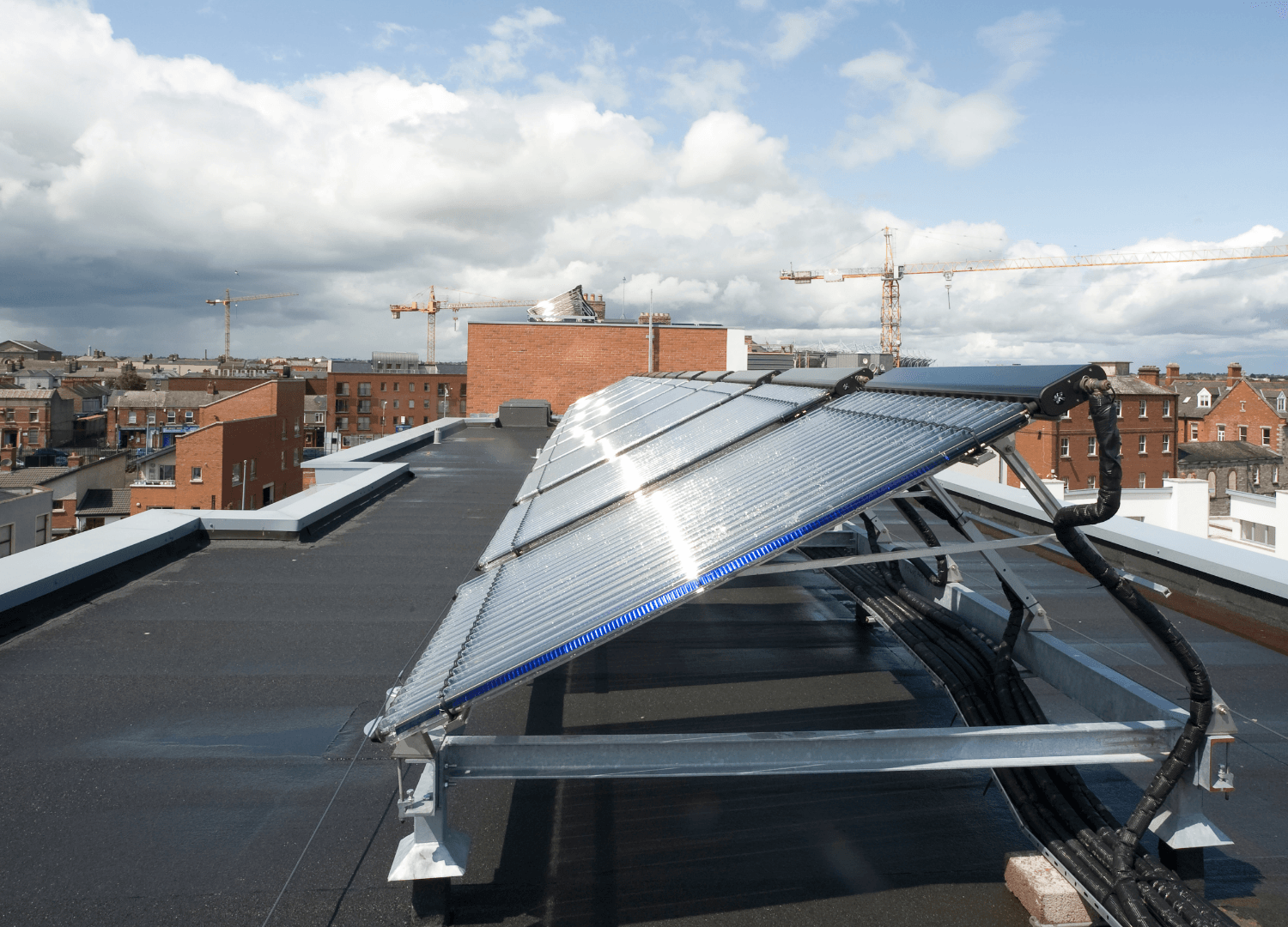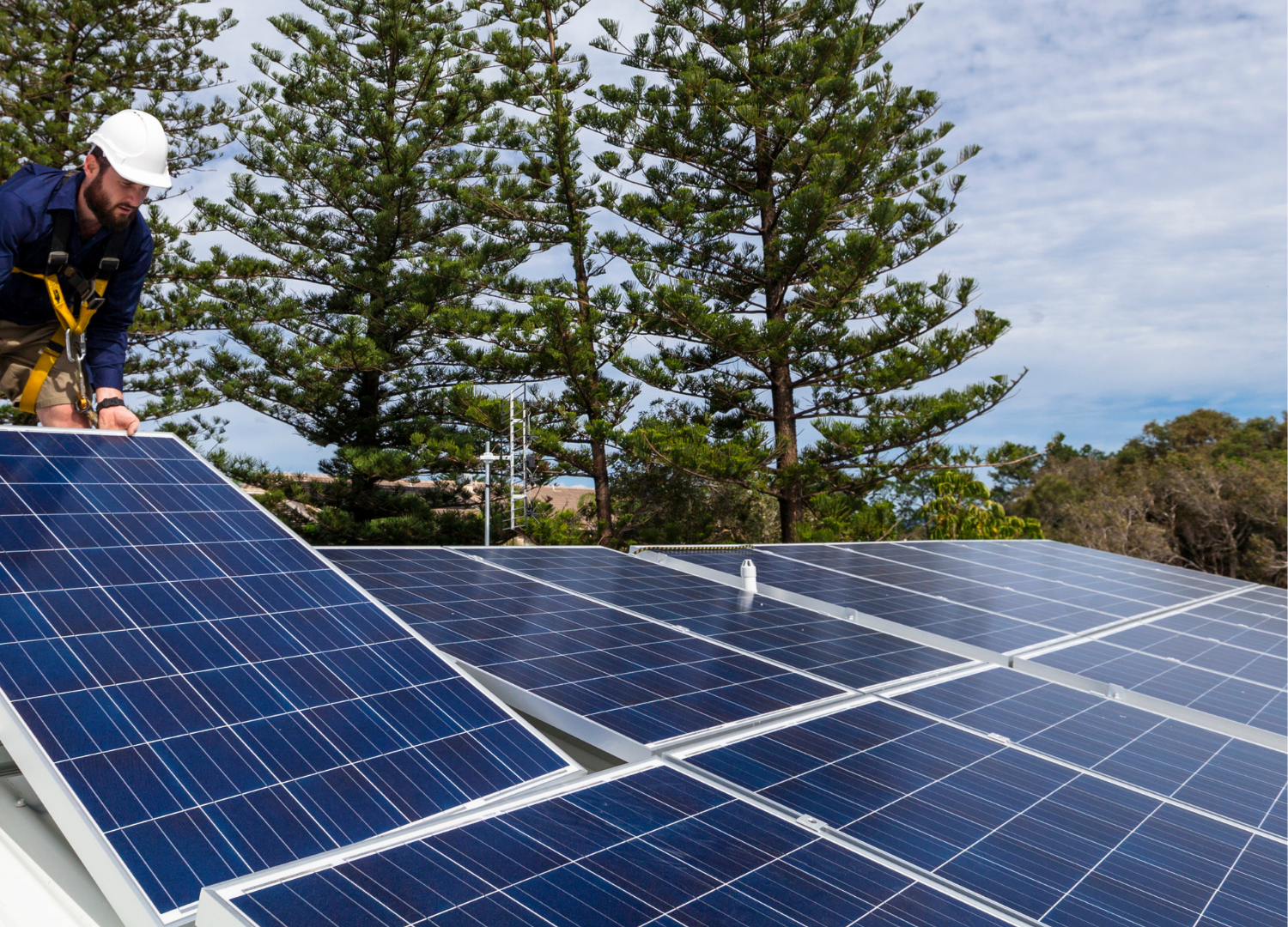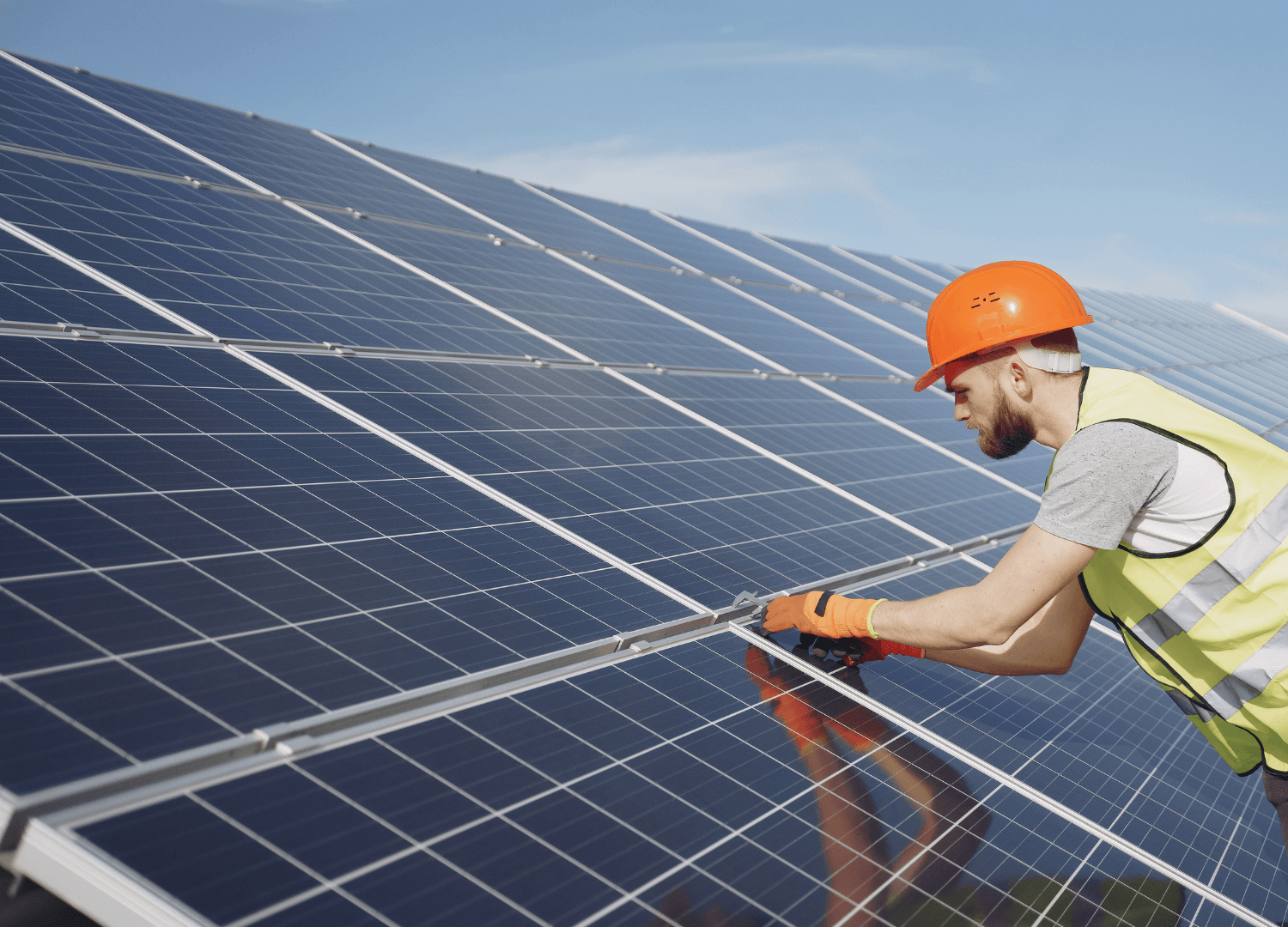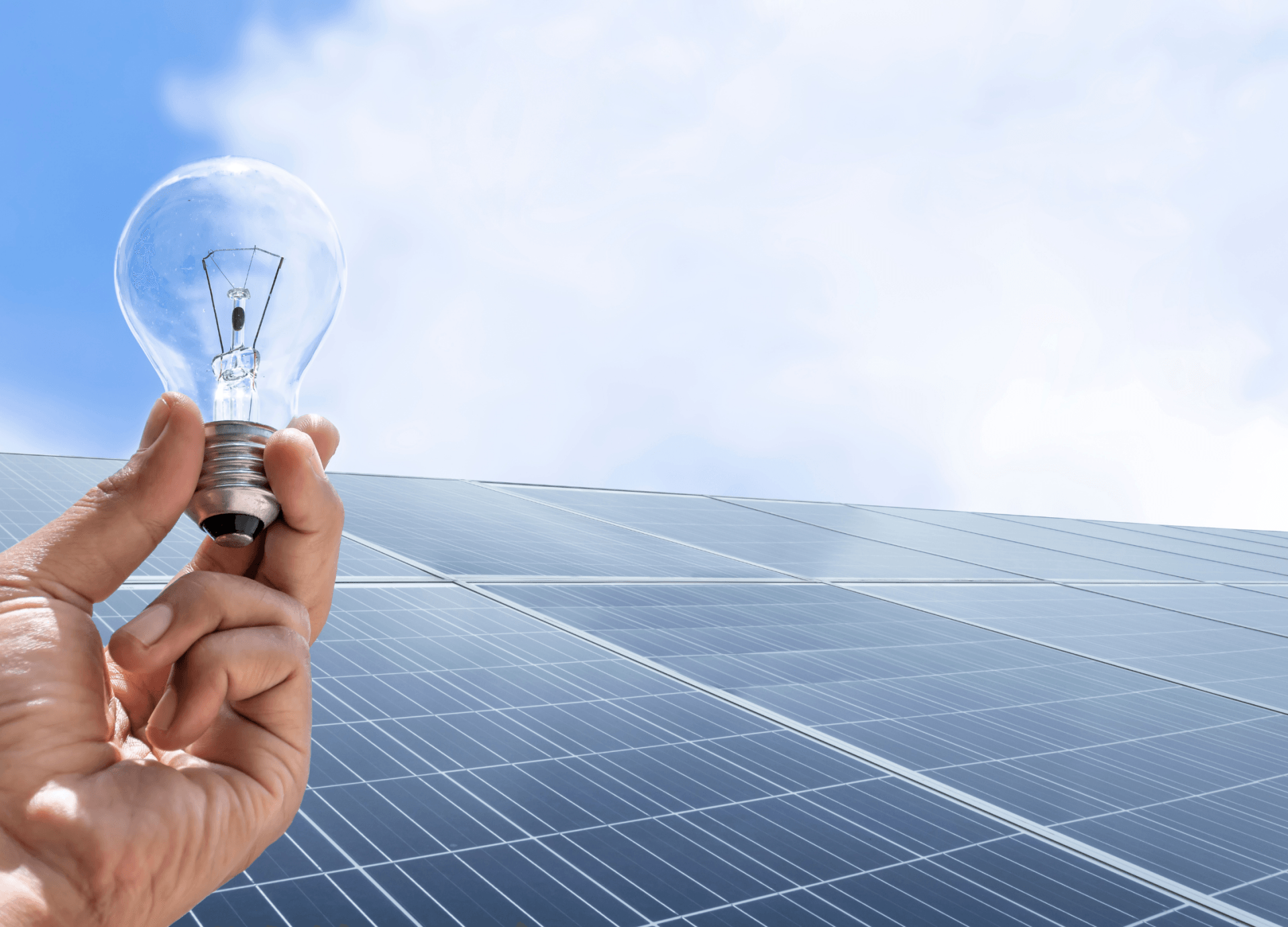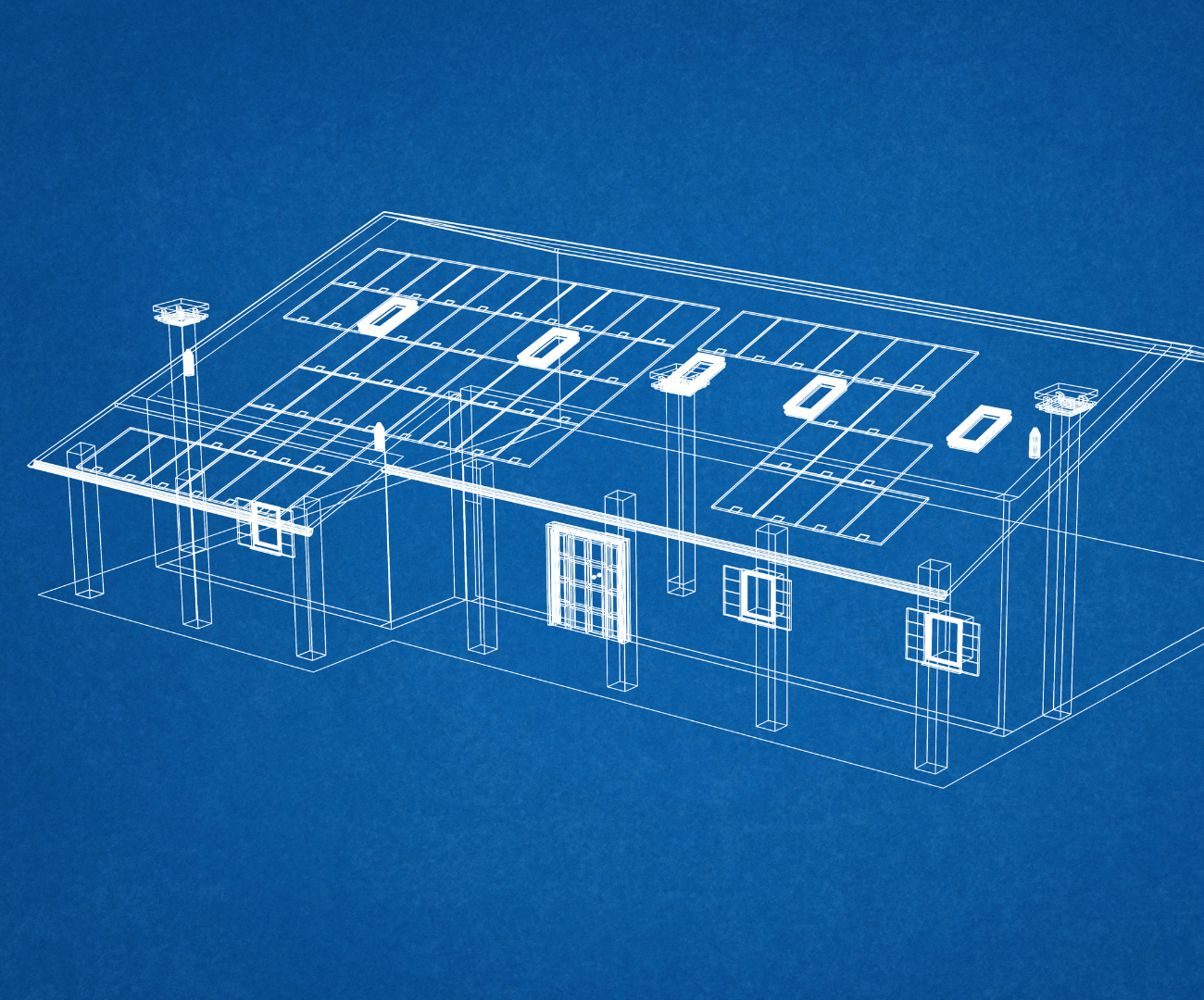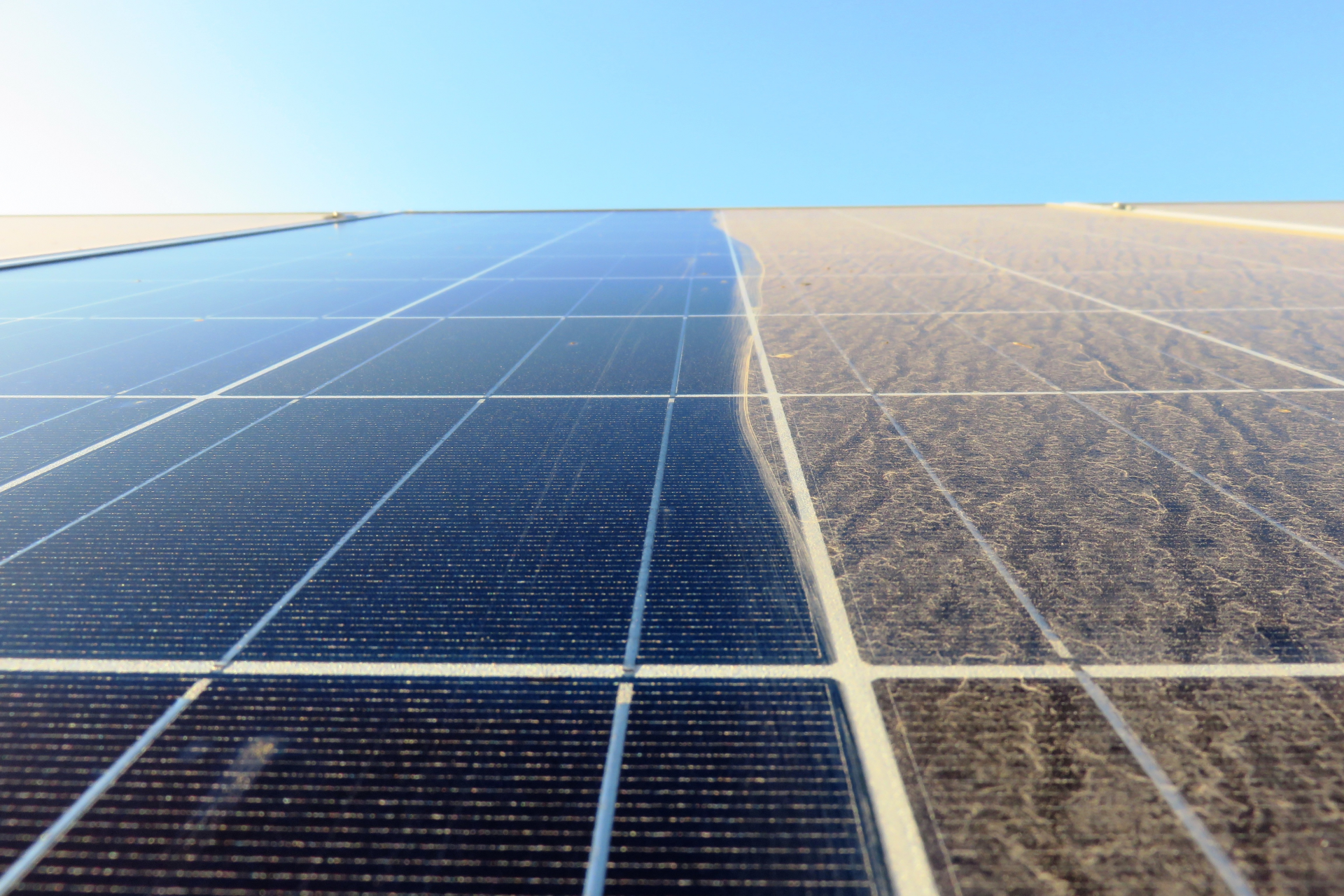How Do Solar Panels Work
Understanding How A Home Solar Array Actually Works - The True Science Behind It
Many of us understand that solar photovoltaic panels will help to transform sunlight into a a form of electricity that is fully useable. However, very few people truly understand the scientific procedures behind the actual process. Today, we are going to look into the science that is behind solar technology. While it may seem like a rather complicated process, it coms down to the photovoltaic process, which is the ability for matter to emit electrons when covered in light.
Before we begin discussing the molecular level of it, let's understand the general flow of electric generation.
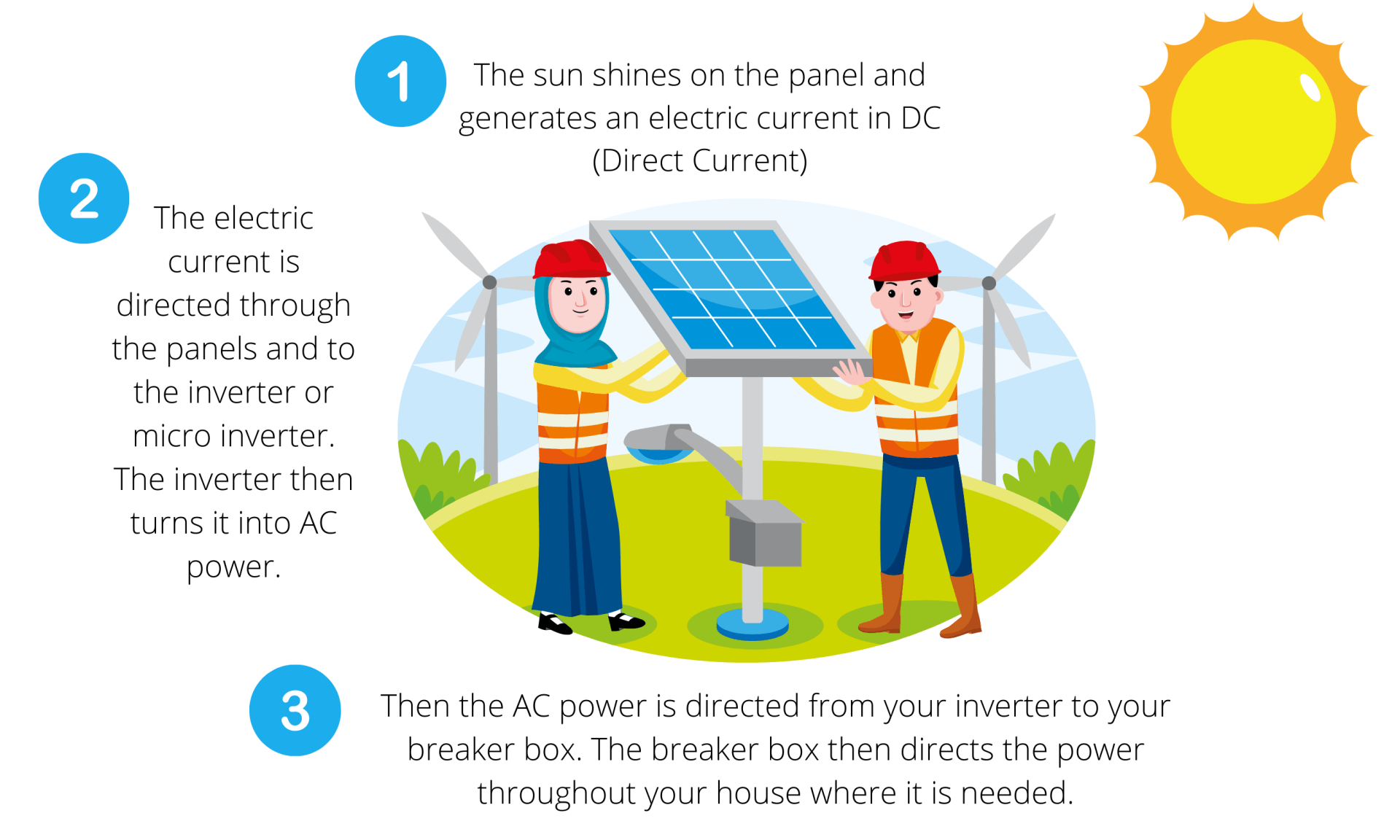
The Basics Of Solar Energy Generation And Transmission
1) Sunlight will make its way to the panels and create and electric field.
2) The electricity that is generated will flow to the edge of the panel to a conductive wire.
3) It is through this conductive wire that electricity will travel to the inverter where it will be converted from DC power to AC, which is used for the powering of buildings.
4) Another wire will transport the AC electric to the electric panel which is located on the property, thus distributing the electricity as needed.
5) Any of the electric that has been produced that is not needed will flow through the utility meter and eventually into the utility electrical grid. As generated electricity will flow through the meter, it will actually cause the meter to run backwards, leading to credits for excess electricity generation.
Now you should have the basics of solar generation down, it is time to buckle down and learn the true science behind solar photovoltaic panels.
Learning Scientific Principles Behind Solar PV Cells
A solar PV panel is created through multiple small photovoltaic cells, photovoltaic simply means the ability to convert sunlight into electricity. These cells are designed of semi-conductive materials, in many cases this will be silicon, this is a material that is able to conduct electricity while able to maintain an electrical imbalance which is essential for the creation of an electric field.
Once sunlight is able to hit the semiconductor within the solar PV cell, the energy that is contained in the light in the form of photons will be absorbed essentially unlocking a number of electrons that will drift freely throughout the cell. Solar cells are designed with negative and positive charged semiconductors that are placed in between one another that will create an electric field. This electric field will force the drifting electrons to flow in a highly specific direction, particularly in the direction of the conductive metal plates. This type of flow is known as the energy current and its particular strength will determine how much each particular cell can produce in terms of electricity. When a loose electron hits a metal plate, the current will be directed into wires which then allows the electrons to flow as they would in any other form of electrical generation.
As the solar panels continue to produce electrical currents, the energy will flow through a number of wires into the inverter. Solar panels produce DC power which can not be used by most consumers as they typically need AC electricity to power their buildings and devices. The function of the invertor is to switch the DC power to AC, making it fully useable for the home or business.
Once the electric has been transformed into a useable power source, it will be transferred from the inverter to the breaker box or electrical panel and distributed where it is needed. This electric is now able to power all of the appliances, devices, and lights that rely on electricity.
The electricity that will not be used through the breaker box is then sent to the utility grid, The utility meters function is to measure the flow of electricity from the property to the grid and reverse. When you are able to produce more energy than is being consumed, the meter begins to run backwards and you are credited for excess electricity through the process of net metering. When you are using more electricity than the solar array is able to produce, you begin to use supplemental electricity through the grid, which allows it to run like a traditional meter. Unless you are able to live completely off the grid through some form of storage solution, you will typically need energy from the grid, typically during the night hours when your solar array is unable to produce. However, this type of grid energy is offset from the general solar energy that is generated throughout the day while in periods of lower usage.
While there is a true science behind solar energy, you do not need to have a PhD to fully understand the benefits that solar can bring to your home or business. Allow an experienced solar developer the opportunity to discuss the general benefits and understand if this is the right solution for your business.
